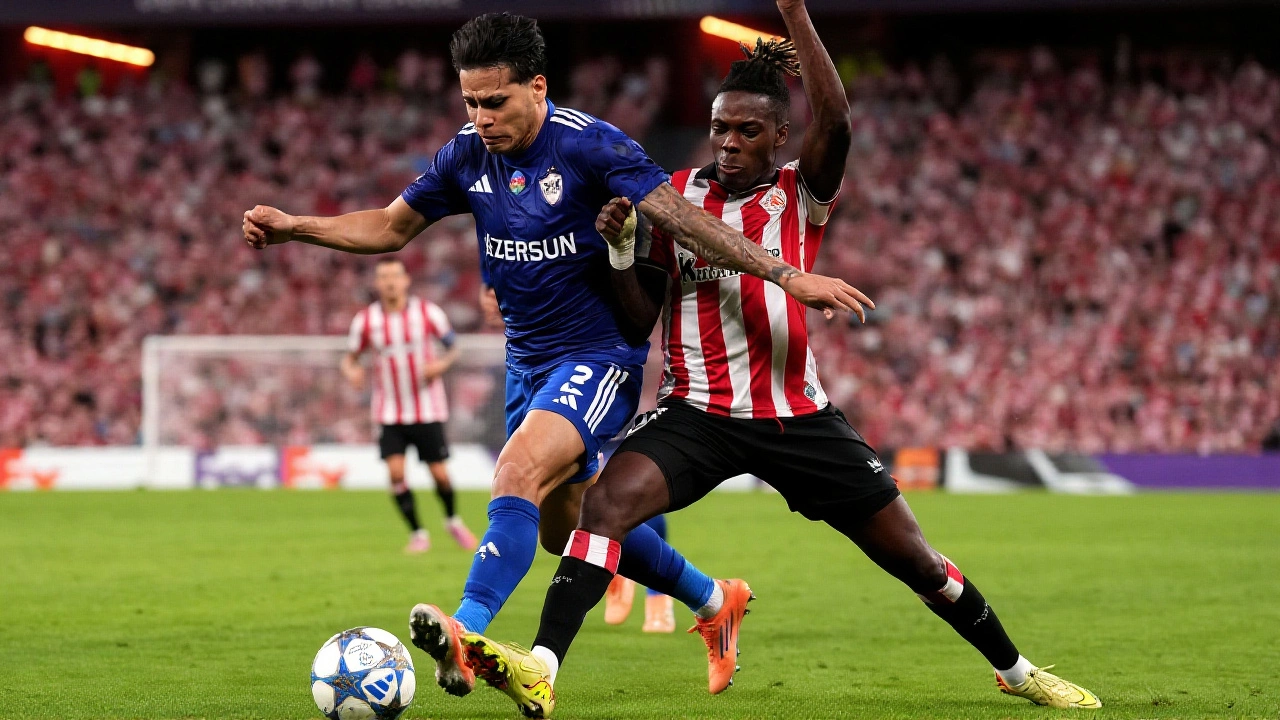The UEFA has officially unveiled the full schedule for the 2025/26 UEFA Champions League, launching a radical new era in European club football. The competition kicks off with qualifying matches on July 8, 2025, and culminates in the final at the Puskás Aréna in Budapest on May 30, 2026. For the first time ever, the tournament features a 36-team league phase — replacing the old group stage — creating a Swiss-system format that guarantees every club at least six matches. This isn’t just a tweak; it’s a complete overhaul designed to maximize revenue, excitement, and unpredictability.
The New League Phase: Eight Matchdays, One Big Finish
The league phase runs from September 16, 2025, to January 28, 2026, with eight matchdays spaced out to avoid clashes with domestic leagues and international breaks. What makes this format different? No more predictable group fixtures. Each team plays eight matches — four at home, four away — against opponents drawn randomly based on seeding. The twist? Matchday 8, on January 28, 2026, will be a single-day "mega-finale," with all 18 matches kicking off simultaneously. No more watching your team win while others sit idle — everyone plays at once. It’s like a World Cup knockout, but spread across a league.
Matchday 1 (Sept. 16–18) kicks off with high-profile clashes like Arsenal vs. Bayern Munich and Liverpool vs. PSV Eindhoven. The calendar gets even juicier in November. On November 25–26, 2025, Matchday 5 delivers Manchester City vs. Real Madrid on Dec. 10, and Tottenham Hotspur vs. Slavia Prague on Dec. 9. Even mid-table sides like Union Saint-Gilloise and Qarabağ get their moment in the spotlight — the Belgian side hosts Galatasaray on Nov. 25, while Azerbaijan’s Qarabağ takes on Chelsea on Nov. 5.
Qualifying Chaos: 82 Teams, One Prize
Behind the scenes, a brutal qualifying gauntlet begins on July 8, 2025. A total of 82 teams from across Europe’s 55 member associations fight for 26 spots in the league phase. The first qualifying round features minnows from Gibraltar and San Marino, while the play-offs in late August will decide whether giants like Sevilla or Benfica slip into the main draw. The draw for the league phase — held on August 28, 2025 — will be one of the most anticipated moments in football this year, with seeding based on UEFA coefficients but no protection for past champions. That means a club like PSV Eindhoven could face Bayern München in Matchday 2. The system is designed to be fairer, but also far more chaotic.
Knockout Timeline: From Play-Offs to Budapest
After the league phase, the top eight teams automatically advance to the Round of 16. Teams finishing 9th to 24th enter a two-legged play-off round on February 17–18 and 24–25, 2026. The winners join the top eight, and then — here’s the kicker — the entire knockout bracket is drawn on February 27, 2026. No more seeding protection. No more avoiding rivals. If you finish 12th, you could end up facing Real Madrid in the Round of 16. The quarter-finals follow on April 7–8 and 14–15, semi-finals on April 28–29 and May 5–6, and then the final on May 30, 2026 — the first time the Puskás Aréna hosts the final. The stadium, opened in 2019, holds 67,215 fans and has never seen this level of global attention.

Who’s Watching? Paramount+ Dominates U.S. Rights
In the United States, Paramount+ holds exclusive streaming rights for every match, including the play-offs and final. That means fans won’t need cable — just an internet connection and a subscription. The platform will also stream exclusive behind-the-scenes content, live pre-match analysis, and post-match breakdowns. The U.S. market has become crucial for UEFA’s revenue, and this deal reflects how much the league has grown beyond Europe. In the UK, BT Sport and TNT Sports will broadcast, while in Germany, DAZN carries all matches. Broadcast times vary, but most league phase games kick off at 21:00 CET, with select early slots at 16:30 CET and 18:45 CET for regional appeal.
Why This Matters: The End of the Elite Club Cartel?
This format was designed to give more teams a chance — and more money to smaller leagues. Clubs from countries like Austria, Belgium, and the Czech Republic now have a realistic shot at deep runs. The projected top of the league phase — Bayern München, Arsenal, Inter, Manchester City, and Paris Saint-Germain — still dominate, but the gap between them and 15th place is narrower than ever. The old system rewarded consistency; this one rewards adaptability. A team like Union Saint-Gilloise, which barely qualified last year, could now climb into the top eight with a few upsets. That’s the beauty — and the terror — of the new format.

What’s Next? The Draw, the Drama, the Debt
Next up: the August 28 league phase draw. Clubs are already strategizing. Will Barcelona try to avoid Atlético Madrid early? Will Liverpool aim for a favorable schedule? And what happens if a team like Chelsea or Manchester United struggles in the first few matchdays? The pressure is immense. UEFA says the format will generate an extra €1.2 billion in revenue over five years — money that will trickle down to smaller clubs. But critics warn it dilutes the competition’s prestige. Only time will tell if this is innovation… or overreach.
Frequently Asked Questions
How many teams are in the 2025/26 Champions League league phase?
Exactly 36 teams compete in the league phase, up from 32 in previous formats. This includes 26 automatic qualifiers from top leagues and 10 winners from the qualifying rounds. Each team plays eight matches — four home, four away — against randomly drawn opponents, with no fixed groups.
When is the final, and where is it being held?
The final is on May 30, 2026, at the Puskás Aréna in Budapest. It’s the first time Hungary has hosted the Champions League final since the competition began in 1955. The stadium, opened in 2019, replaced the historic Ferenc Puskás Stadium and is now UEFA’s flagship venue for major finals.
How are the league phase matchups determined?
Matchups are decided by a computerized draw on August 28, 2025, using a seeding system based on UEFA club coefficients. Teams are split into four pots, and each plays one team from each of the other three pots, plus four more from their own pot. No team plays the same opponent twice. The draw ensures geographical balance and avoids clubs from the same association facing each other early.
What’s the "mega-finale" on Matchday 8?
Matchday 8 on January 28, 2026, features all 18 league phase matches kicking off simultaneously — no staggered times. This ensures no team gains an advantage by knowing results from other games. It’s designed to create a global TV spectacle, with fans watching every result unfold live. Think of it as a 90-minute rollercoaster of tension across Europe.
Who has U.S. broadcast rights for the 2025/26 Champions League?
Paramount+ holds exclusive streaming rights in the United States for all matches, including qualifying rounds, the league phase, and the final. No traditional TV channels will carry the games — fans must subscribe to Paramount+ to watch. The platform will also offer multi-camera feeds, live stats, and exclusive interviews, making it the definitive hub for U.S. viewers.
Why did UEFA change to a 36-team format?
UEFA says the change increases revenue, gives more clubs financial incentives, and reduces the dominance of the top five leagues. The Swiss model guarantees each team at least eight matches — up from six in the old group stage — and creates more unpredictable outcomes. Critics argue it waters down the competition, but UEFA insists it’s more inclusive and commercially sustainable for the future of European football.
- Poplular Tags
- UEFA Champions League
- UEFA
- Puskás Aréna
- Budapest
- 36-team format











